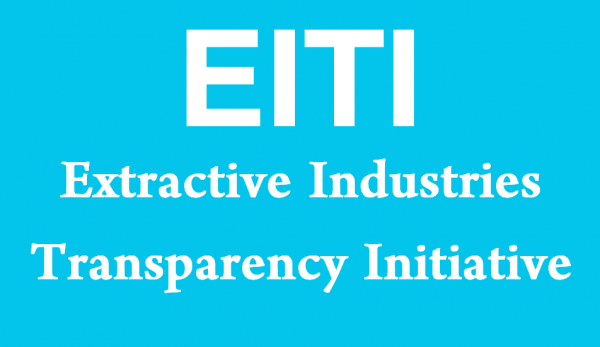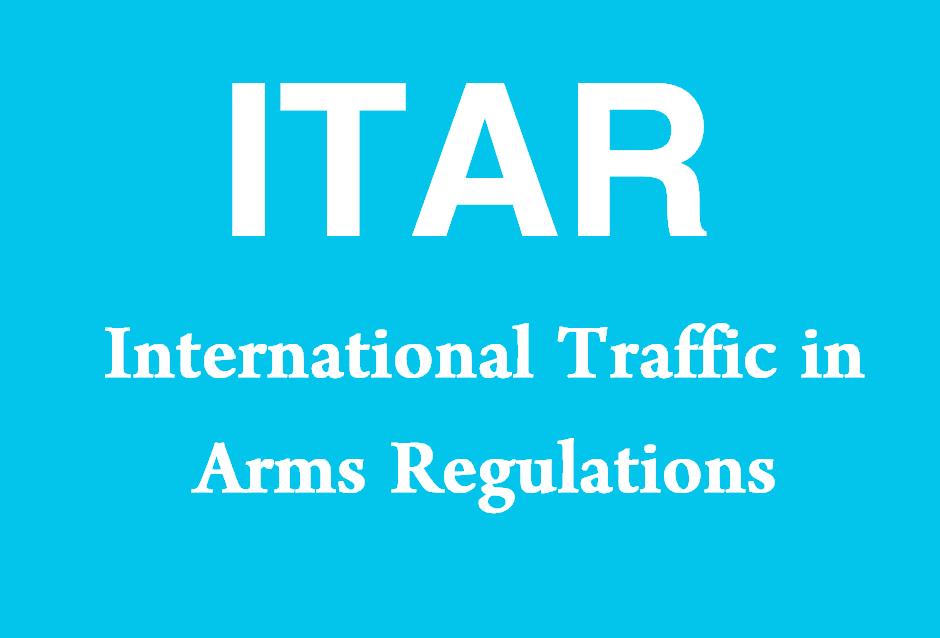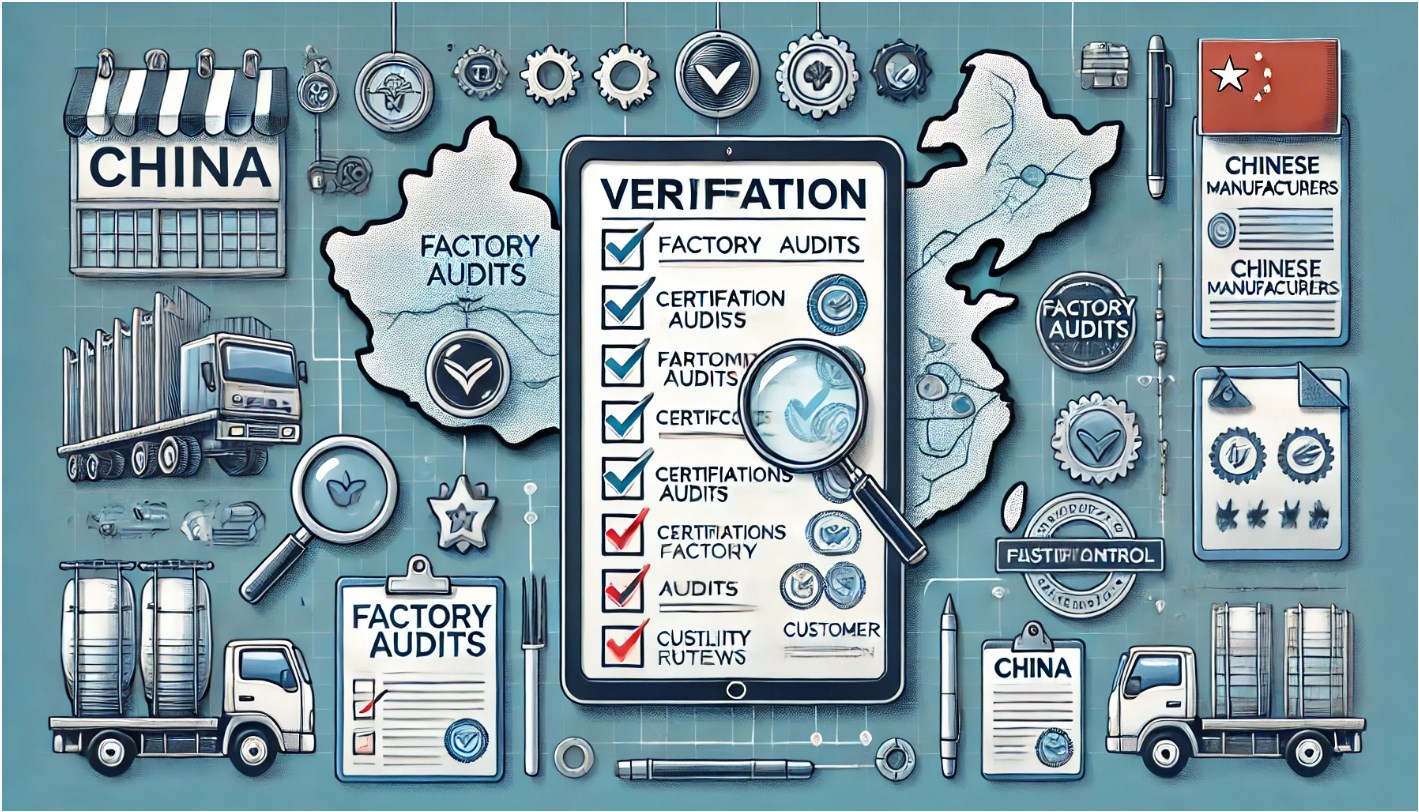China has experienced rapid industrialization over the past few decades, which has contributed significantly to the country’s economic growth. However, this rapid development has also come with significant environmental costs. The government of China has increasingly recognized the importance of environmental protection and has implemented a range of regulations and policies to address pollution, resource depletion, and sustainability. These regulations have far-reaching implications for industries operating in China, influencing manufacturing practices, waste management, emissions control, and product standards.
The Importance of Environmental Regulations in China
Environmental regulations play a crucial role in promoting sustainable industrial development and mitigating the negative impact of industrialization on natural resources and public health. Over the past few decades, China has made significant progress in creating and enforcing environmental laws aimed at curbing pollution, improving energy efficiency, and promoting green technologies.
Addressing Air, Water, and Soil Pollution
China’s industrial sector has historically been one of the primary contributors to environmental pollution. The rapid pace of industrialization, coupled with weak environmental regulations in the past, has led to significant air and water pollution, as well as soil contamination. In response to these challenges, the Chinese government has introduced a series of regulations aimed at controlling pollution across various sectors.
Air Pollution Control Regulations
Air pollution has long been a significant issue in China, particularly in industrialized regions and major cities. The burning of coal, vehicle emissions, and industrial processes are major contributors to air pollution, leading to health problems and environmental degradation. The Chinese government has implemented several key policies and regulations to tackle air pollution:
- The Air Pollution Prevention and Control Action Plan: Introduced in 2013, this plan focuses on reducing air pollution by targeting industrial emissions, enhancing environmental monitoring, and enforcing stricter emission standards for factories and power plants.
- Emission Standards: China has developed strict emission standards for industries such as steel production, cement manufacturing, and power generation. These standards regulate the amount of particulate matter, sulfur dioxide, and nitrogen oxides that industries can emit into the air. The most notable of these standards is the “Emission Standard of Air Pollutants for Industrial Boilers and Furnaces,” which sets limits on emissions from industrial facilities.
- The Clean Air Action Plan: The government has also introduced regional air quality improvement programs, which encourage the use of cleaner technologies and energy sources, including renewable energy.
Water Pollution and Wastewater Management
Water pollution is another significant concern in China, driven by the discharge of untreated industrial effluents and wastewater into rivers, lakes, and groundwater. In response, China has adopted several regulations and frameworks to improve water quality and reduce industrial contamination:
- The Water Pollution Prevention and Control Action Plan: Similar to the air pollution plan, this action plan, launched in 2015, focuses on reducing water pollution from industrial sources. It sets guidelines for controlling water discharge, treating wastewater, and managing industrial effluents. The plan also encourages the use of advanced treatment technologies to reduce pollutants in industrial discharges.
- The Water Law of the People’s Republic of China: This law provides a comprehensive framework for water resource management and pollution control. It mandates that industries must obtain permits for water use and wastewater discharge, comply with discharge standards, and adopt water-saving technologies.
- Industrial Wastewater Discharge Standards: China has developed industry-specific standards for wastewater discharges, particularly for industries such as textiles, chemicals, food processing, and petrochemicals. These regulations limit the concentration of pollutants such as heavy metals, organic compounds, and suspended solids in effluents.
Soil Pollution and Land Degradation
Soil pollution in China is a growing concern, exacerbated by the improper disposal of industrial waste, the use of pesticides and fertilizers, and the dumping of untreated sewage. The Chinese government has taken steps to address soil contamination and land degradation, particularly in regions impacted by large-scale industrial activities:
- Soil Pollution Prevention and Control Action Plan: Launched in 2016, this plan focuses on reducing soil contamination from industrial activities, promoting soil remediation technologies, and encouraging sustainable farming practices.
- The Land Administration Law: This law regulates land use and aims to prevent land degradation through improper industrial practices. It includes provisions for the protection of land resources, the prevention of soil erosion, and the restoration of contaminated lands.
Resource Management and Sustainable Practices
In addition to addressing pollution, China has increasingly focused on resource management and sustainability to promote long-term environmental protection. Several regulations aim to reduce the consumption of natural resources, promote energy efficiency, and encourage sustainable production methods.
Circular Economy and Waste Management
China has been working towards creating a circular economy, where waste is minimized, and resources are reused and recycled. The country has adopted several regulations and initiatives to improve waste management and reduce environmental impact:
- The Circular Economy Promotion Law: This law encourages industries to adopt sustainable practices by promoting resource recovery, waste reduction, and product life-cycle management. It provides a legal framework for the development of recycling systems and green supply chains.
- Waste Electrical and Electronic Equipment (WEEE) Regulations: These regulations require manufacturers to take responsibility for the recycling of electronic waste (e-waste), ensuring that old electronic products are disposed of properly to prevent harmful environmental effects.
- Solid Waste Pollution Prevention and Control Law: This law mandates that industrial entities must properly manage solid waste and adopt waste recycling programs. It also requires the development of disposal facilities for hazardous waste.
Energy Efficiency and Emission Reduction
Energy efficiency and reducing carbon emissions are central to China’s environmental strategy. In addition to addressing pollution, the government has put in place regulations aimed at improving energy use and promoting renewable energy sources.
- Energy Conservation Law: This law sets out guidelines for energy efficiency in industries such as manufacturing, construction, and transportation. It encourages industries to adopt energy-efficient technologies and practices and requires companies to report their energy consumption.
- Carbon Emission Reduction Regulations: China has committed to reducing its carbon emissions under the Paris Climate Agreement. Several regulatory measures have been introduced to control emissions from industrial activities, including the carbon emissions trading system (ETS), which aims to limit the total amount of carbon dioxide emitted by large companies.
- Renewable Energy Law: China has implemented policies to increase the use of renewable energy sources, such as wind, solar, and hydroelectric power. These policies include subsidies for renewable energy development, feed-in tariffs, and incentives for companies to switch to renewable energy sources.
Compliance with International Environmental Standards
As China’s manufacturing industry plays an increasingly important role in global supply chains, many companies are under pressure to comply with international environmental standards. These standards aim to promote sustainability, reduce environmental impact, and ensure that products meet certain environmental criteria. For companies sourcing products from China, understanding these international regulations is critical for ensuring compliance and avoiding legal or reputational risks.
ISO 14001 Environmental Management System
The ISO 14001 standard for environmental management is recognized worldwide and provides a framework for organizations to manage their environmental responsibilities effectively. Many Chinese suppliers and manufacturers have adopted ISO 14001 certification to demonstrate their commitment to environmental sustainability. This certification requires businesses to:
- Develop an environmental management system (EMS) to monitor and reduce their environmental impact.
- Implement practices that conserve resources, reduce waste, and comply with environmental regulations.
- Regularly audit and report on environmental performance to ensure continuous improvement.
REACH (Registration, Evaluation, Authorization, and Restriction of Chemicals)
The European Union’s REACH regulation governs the use of chemicals in manufacturing and requires companies to ensure that their products do not contain hazardous substances. Chinese manufacturers who export products to the EU must comply with REACH by:
- Conducting chemical assessments to ensure that products are free from substances that are restricted or prohibited.
- Registering chemicals with the European Chemicals Agency (ECHA) and ensuring that they meet safety standards.
RoHS (Restriction of Hazardous Substances)
The RoHS directive restricts the use of certain hazardous materials in electrical and electronic equipment. Chinese manufacturers producing electronics for export must ensure that their products comply with RoHS by:
- Ensuring that products do not contain restricted substances such as lead, mercury, cadmium, and certain flame retardants.
- Documenting compliance and keeping records to prove that products meet the standard.
Impact of Environmental Regulations on Chinese Industries
Environmental regulations have had a profound impact on Chinese industries, particularly those in high-polluting sectors such as manufacturing, steel production, and chemical processing. These regulations have not only improved environmental quality but also pushed industries to adopt cleaner technologies, improve energy efficiency, and reduce emissions.
Challenges and Costs of Compliance
While environmental regulations have driven significant improvements in sustainability, they have also posed challenges for many Chinese companies. Compliance with stringent environmental standards can be costly, particularly for small and medium-sized enterprises (SMEs) that may lack the resources to implement necessary changes.
- Investment in Technology: Many companies are required to invest in advanced pollution control technologies, energy-efficient machinery, and waste treatment facilities to meet regulatory standards. These investments can be substantial, especially for companies in industries such as coal mining, textiles, and steel.
- Operational Costs: In addition to initial investments, businesses must incur ongoing costs for monitoring, reporting, and maintaining compliance with environmental laws. These costs can affect profit margins, particularly for industries that rely heavily on resource-intensive processes.
Opportunities for Green Innovation
On the flip side, the increasing focus on environmental regulations has opened up opportunities for innovation. Companies that adopt sustainable practices and invest in green technologies can benefit from several advantages:
- Competitive Advantage: Companies that comply with environmental regulations and adopt green technologies may be able to differentiate themselves in the market, particularly among environmentally conscious consumers and businesses.
- Access to Incentives: The Chinese government offers various incentives, such as tax breaks and subsidies, for companies that invest in renewable energy, energy-efficient technologies, and waste management systems.
- Export Opportunities: With growing demand for eco-friendly products worldwide, Chinese manufacturers that adhere to international environmental standards can gain access to global markets, including the European Union and North America.






